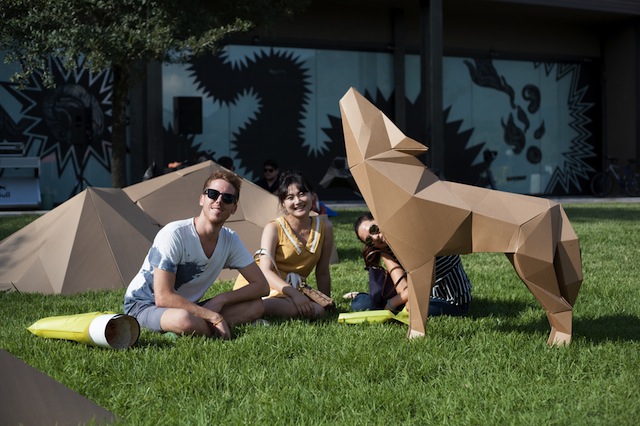If you’re not familiar with the term, you’ve certainly seen the style. Simple geometric shapes placed side-by-side to create angular, often minimalist, compositions. The “poly” from low poly comes from the word “polygon,” which is merely a 2-dimensional shape made of straight lines and angles.

The use of low poly art comes from the early days of 3D animation. Mocking up 3D scenes using a low polygonal resolution helped to reduce render times, which greatly sped up the development process of video games and animated movies.
Technology has come a long way, but even today low poly is used to decrease render time. In fact, the low poly “look” has become something of a design trend. Video games, 3D artists, and even illustrators are using simple polygons in their compositions to communicate texture and depth without sacrificing a minimalist aesthetic.
They can be called a kind of peculiar digital art. Polygons impart your image or text in a unique 3D, retro style. Initially, polygon graphics were used for creating 3D models and scenes in videogames because of their render speed, which was achieved due to low polygonal resolution.
As a rule (but not always) polygons are triangular. They arise when an object’s surface is modeled, vertices are selected, and the object is rendered in a wire frame model. The technique is quicker to display than a shaded model. Skilful digital artists even learn to avoid seams in polygon design.
It was at the beginning of the 20th century. It was the time of multiple expressionist movements emersion. The advent of photography influenced this art tendency very much. As photographs could capture an exact image the need for accuracy in art seized its topicality. Expressionists could focus on conveying feelings and sensations rather than precise representations. Today abstraction and expressionism are flourishing both in real and digital arts.
Low Polygon Examples:



